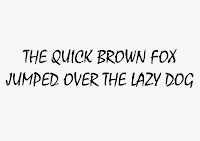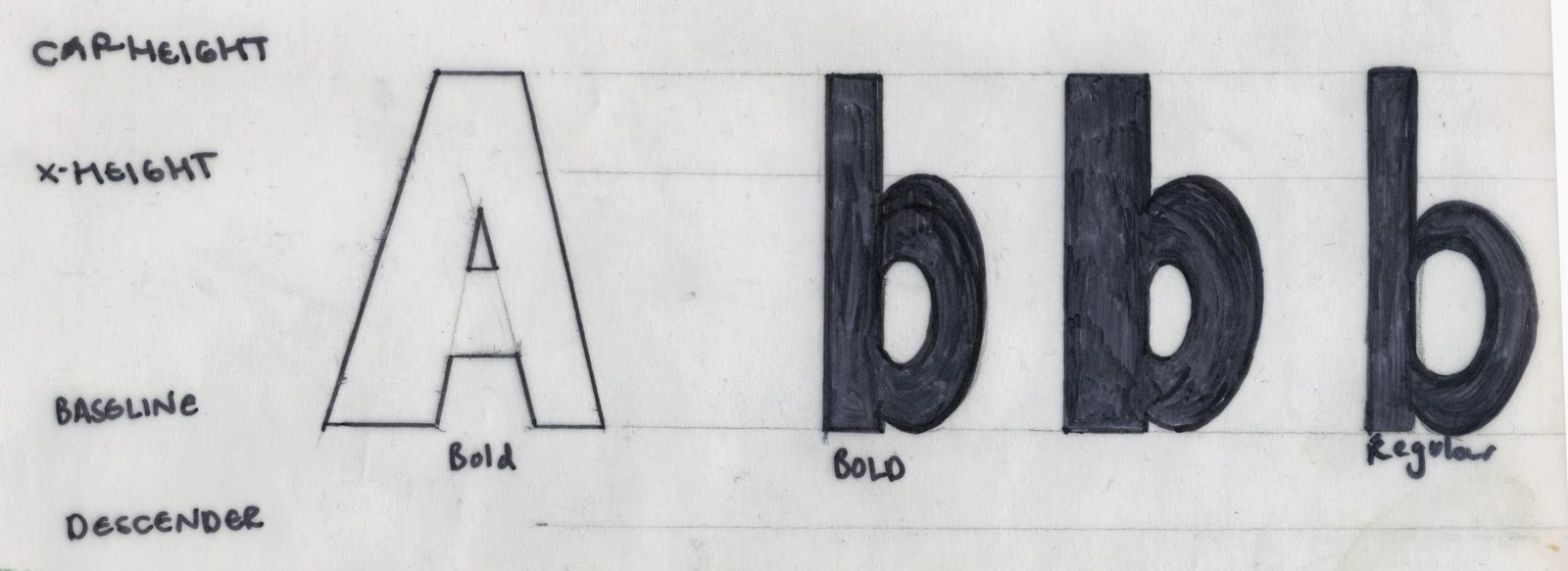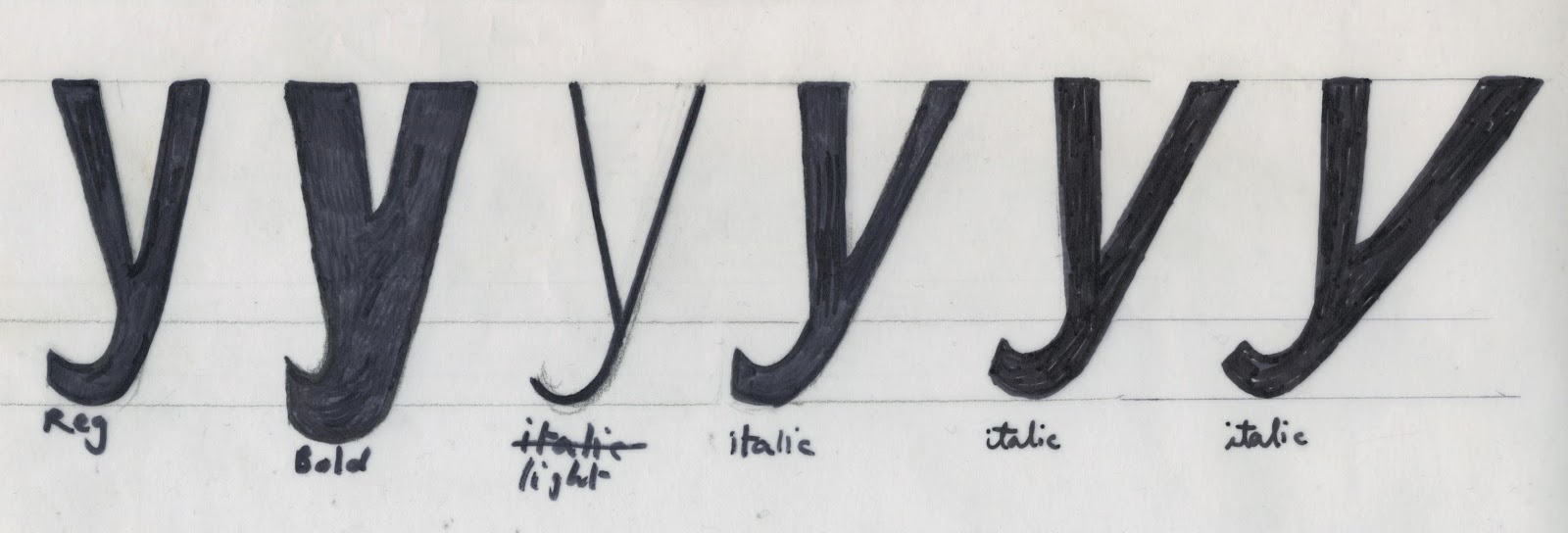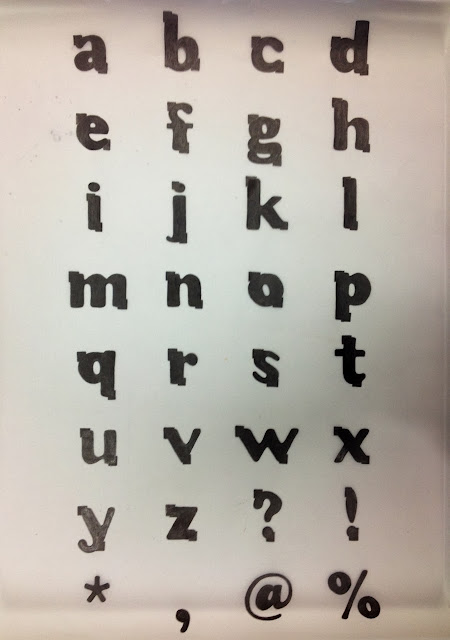For the final crit I had to stand up in front of the year group and give a brief presentation of my three posters. I talked about how everybody is aware of the discriminations muslims can face on a day-to-day basis, but does anyone care enough or know enough about it?
My article was about a female British muslim convert who is apparently a terrorist threat, and sent a 'love letter' to the late Bin Laden. From this I turned my attention to terrorism and islam in the media, and how it has brainwashed so many people across the globe about what terrorism really is, and what islam promotes as a religion.
With these three posters, I am trying to convey a very simple message: Islam is not a hateful, terroristic religion. You may think that that is a very unpopular view in our country but it is so sneakily subtle that it doesn't seem like a huge problem anymore. But subtle racism and islamophobia is deeply problematic towards minorities in this country. Simple posters like this may open people's eyes a little bit more, whether it is a sub-conscious switch that is turned on in their heads, or if it sparks up discussions.
I chose the simple colours to give the idea of urgency and politics, this colour scheme screams IMPORTANCE. The white stock makes the text and images pop off the paper.
Type: I used a simple, shocking statistic. I added "are you surprised?" to add a guilt effect. If someone looks at this poster and feels surprised by the statistic, then they should rethink everything they have learnt about terrorism in the past... nobody should be surprised.
Image: I used a very simple layout and design which I think is eye-catching as a final outcome. It is clear what it is conveying; if anything else was added I think it would take away from my original point.
Image and type: I included an illustration of an islamic headscarf and the phrase "Respect others." because everybody should respect people that are different from them.
Feedback:
- The contrast of the illustration with the bold text and harsh, clean boxes works wonderfully
- don't need "are you surprised?" because I AM very surprised.
- maybe just "surprised?"
I disagree with the feedback about my type poster, so I am not going to change it, as I think it works well as a guilt trip.
If I had more time to work on this brief, I would possibly mono print these posters. I have recently done an induction in it and I think it can create really great, bold effects.































.JPG)








